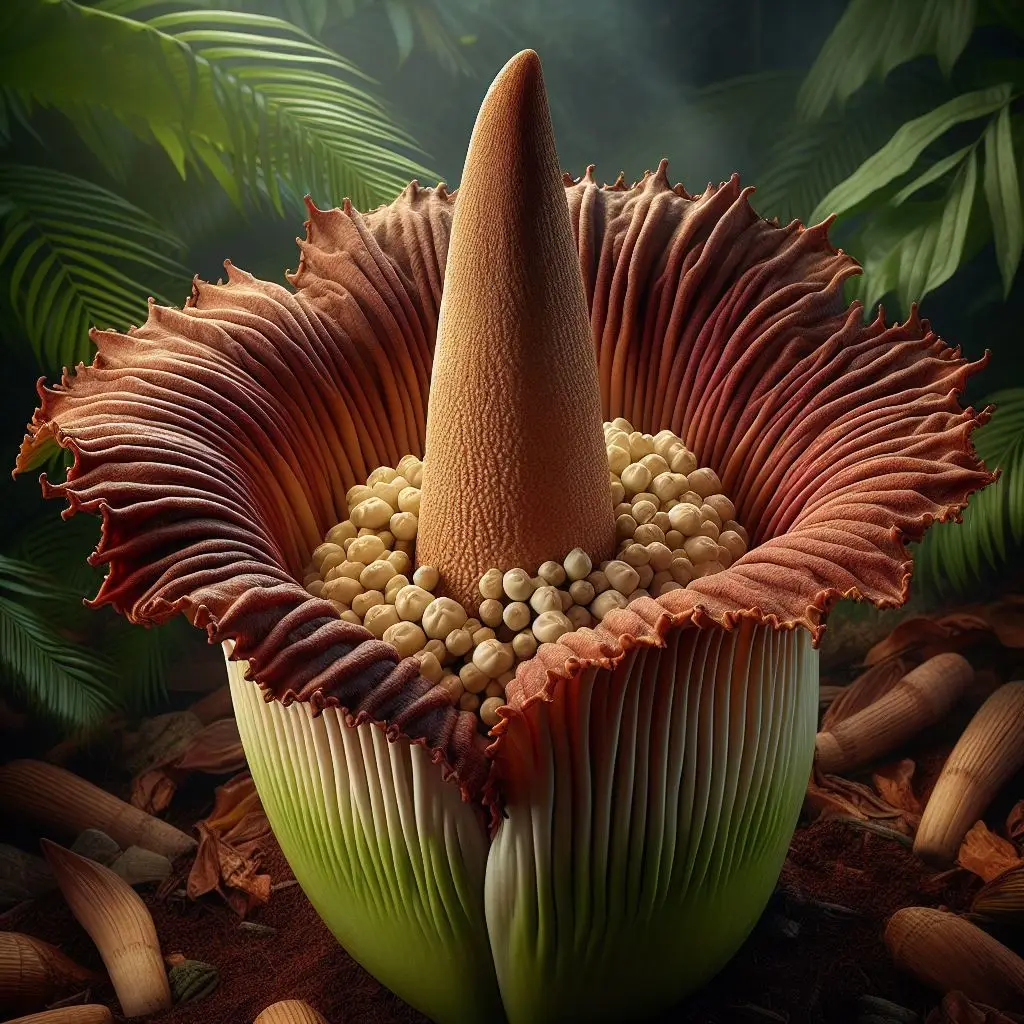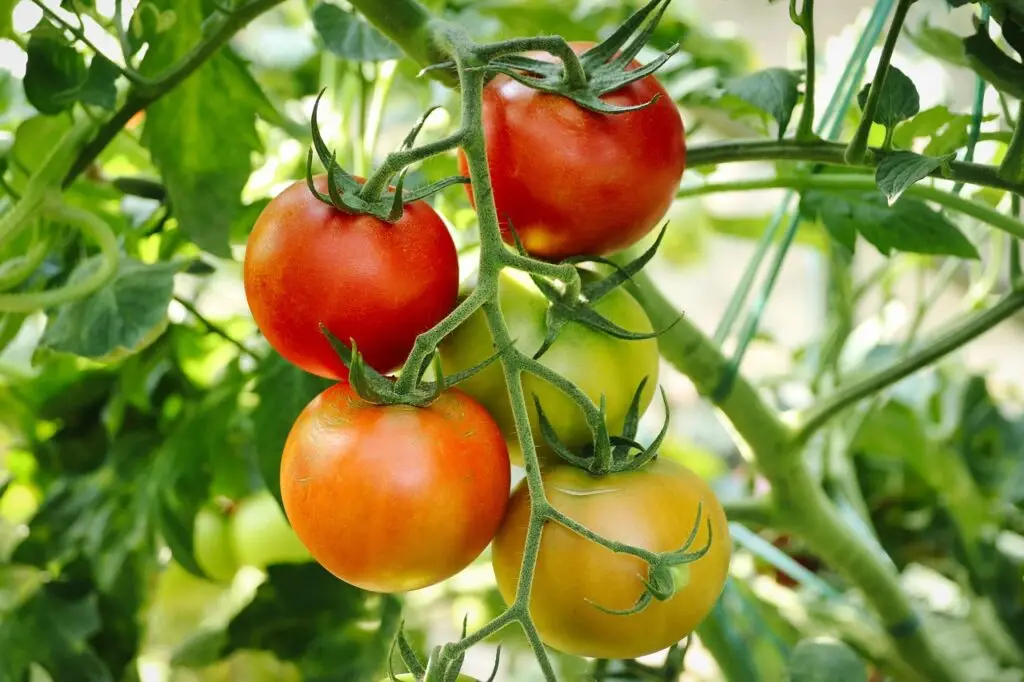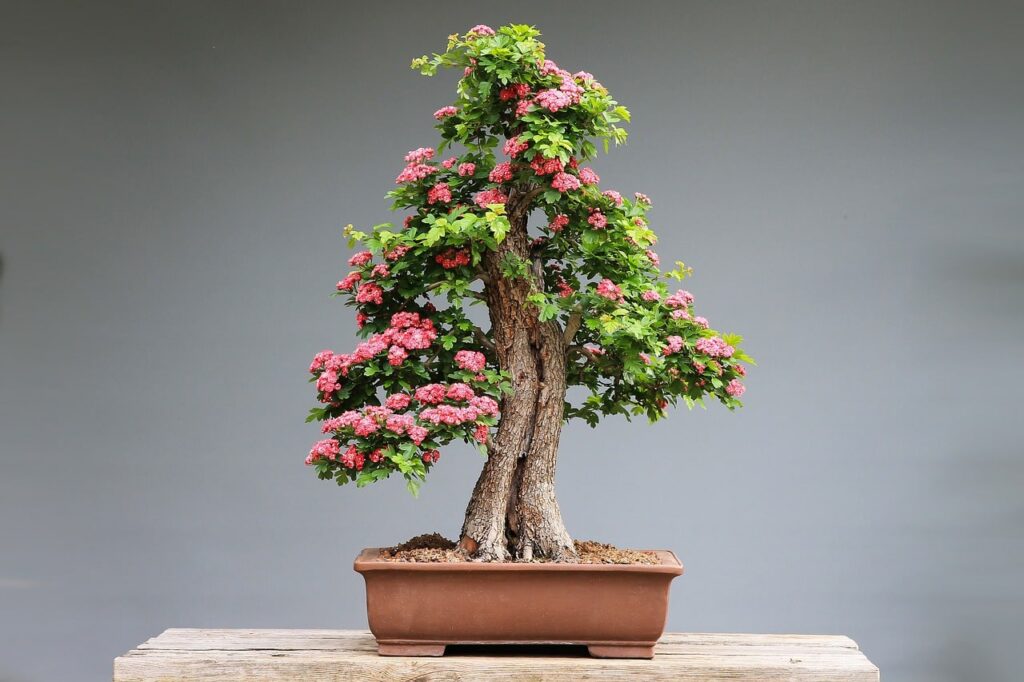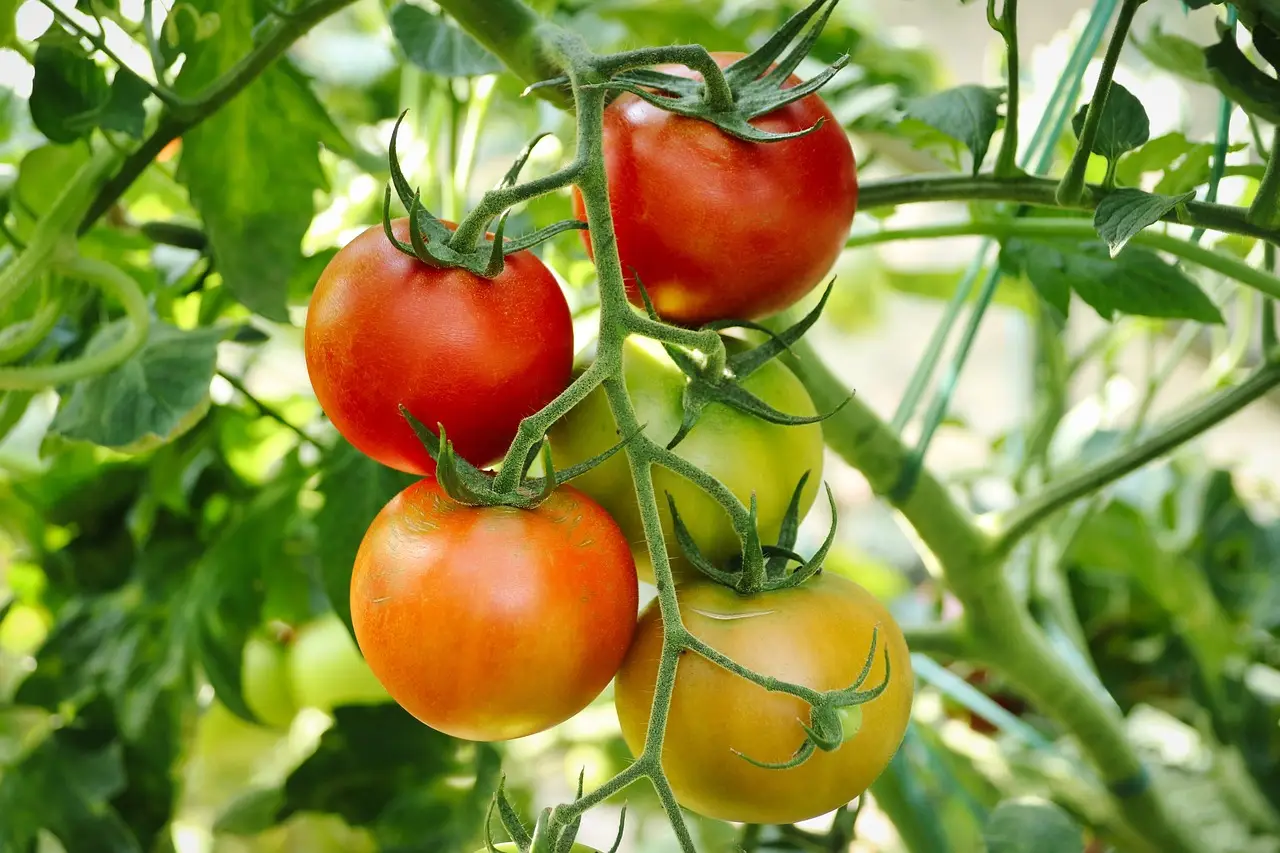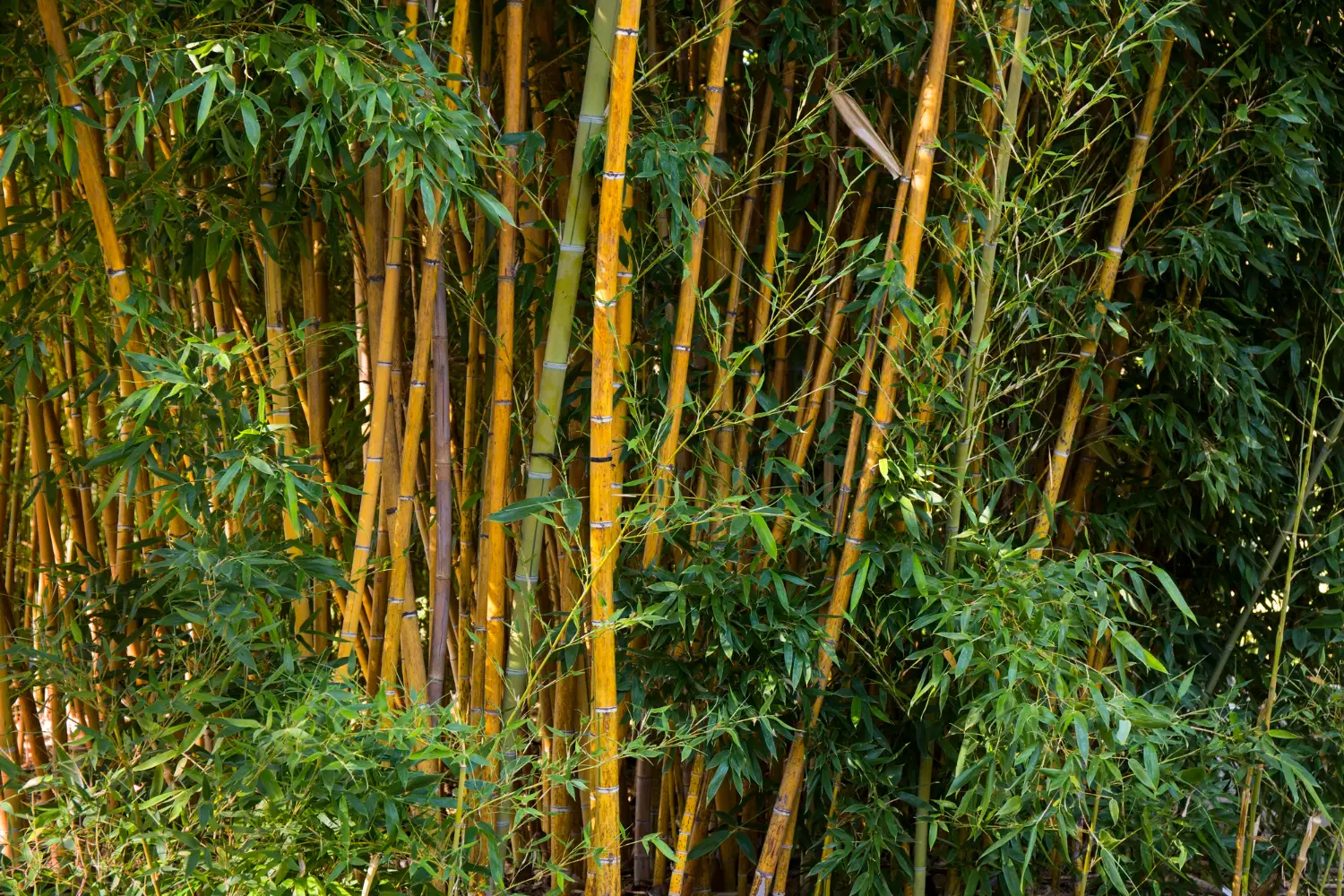Table of Contents
Welcome, nature enthusiasts, to a captivating journey into the fascinating world of the Corpse Flower, a botanical marvel that tantalizes the senses and leaves an indelible impression on all who encounter it.
Imagine a flower so colossal it commands attention from afar, standing tall with an imposing presence. Meet the Corpse Flower (Amorphophallus titanum), renowned as the largest unbranched inflorescence in the plant kingdom. But its size is just the beginning of its allure.
Prepare yourself for an olfactory adventure unlike any other, as this magnificent bloom boasts a powerful stink that defies expectations. While many flowers seduce with sweet fragrances, the Corpse Flower dares to challenge conventional notions, exuding an aroma that’s as bold as it is unforgettable.
But there’s more to this botanical spectacle than meets the eye (or nose). Picture a fleeting moment of beauty, a bloom that graces the world for just 2 or 3 days once every year or two. It’s a spectacle that captivates the imagination and draws crowds from far and wide, eager to witness nature’s theatrical performance.
And let’s not forget its towering presence the bloom can reach heights of up to 8 feet, casting a spellbinding spell over all who behold it. From seasoned botanists to curious onlookers, the Corpse Flower beckons visitors of all ages to marvel at its magnificence.
Join us as we delve deeper into the enchanting world of the Corpse Flower, uncovering its secrets, unraveling its mysteries, and celebrating the awe-inspiring beauty of one of nature’s most extraordinary creations. Get ready to be amazed, inspired, and perhaps a little bit smelly, as we embark on this thrilling botanical adventure together!
The attractive things about the Corpse Flower
Explore its unique characteristics, and you’ll discover a plant that truly stands out in the botanical world.
- Unrivaled Size: The biggest unbranched inflorescence in the plant kingdom is the Corpse Flower, technically known as Amorphophallus titanum. Its imposing appearance, which may reach heights of eight feet or more, mesmerizes everyone who sees it and highlights the remarkable diversity and inventiveness of nature.
- Famous Odor: The Corpse Flower defies convention with its infamous smell, whereas most flowers captivate with lovely aromas. It draws carrion beetles and flies, which are essential to its pollination because of its putrid-smelling perfume. The Corpse Flower has gained its reputation as one of the stinkiest flowers in the world thanks to its unique scent.
- Rare and Fleeting Bloom: One of the Corpse Flower’s most appealing features is its unusual and transient bloom. This brief but beautiful show, which lasts about 2-3 days once or twice a year, draws thousands of enthusiastic viewers who want to see nature’s dramatic production develop before their eyes.
- Enigmatic Nature: Despite decades of research, scientists remain fascinated by the Corpse Flower’s intriguing biology and ecology. From its odd reproductive tactics to its capacity to flourish in harsh conditions, it is still the topic of continuing inquiry and discovery, providing fresh insights into the secrets of the natural world.
A Closer Look at Corpse Flower Blooms
The Corpse Flower’s blooming cycle is a marvel to behold. From the gradual emergence of its colossal bud to the dramatic unfurling of its majestic petals, each stage unveils nature’s exquisite artistry. During its peak bloom, the plant releases its signature scent, which reaches its zenith during the first 12-24 hours when the female flowers are most receptive to pollination. This olfactory symphony, coupled with the plant’s towering presence, creates an immersive experience that leaves an indelible impression on all who encounter it.
Watch a time lapse of a previous corpse flower bloom growing, opening, and collapsing here at the New York Botanic Garden.
Life Cycle of The Corps Flower

A Life Underground: The Corpse Flower’s Hidden Existence
For most of its life, the corpse flower exists unseen beneath the forest floor. Its massive, potato-like structure, called a corm, stores energy and nutrients. A single, large, lacy leaf emerges from the top of the corm during the vegetative stage, reaching for sunlight to fuel photosynthesis. This leaf can grow up to 10 feet wide and can live for several years. However, the corpse flower doesn’t flower every year. In fact, it can take anywhere from 4 to 10 years for a corm to gather enough energy reserves to produce a bloom.
The Eruption of the Bloom: A Race Against Time
When the time for flowering finally arrives, the corpse flower undergoes a dramatic transformation. Over a period of a few weeks, an enormous bud erupts from the corm, pushing through the soil with impressive force. This bud is encased in a reddish-brown spathe, a protective sheath that resembles a giant, fleshy leaf. Inside the spathe, the actual flower develops, consisting of a central stalk (spadix) covered in tiny flowers.
The entire flowering process is a race against time. The spathe will only remain closed for a couple of days before it begins to unfurl. This unfolding is a spectacular event, but it also signals the flower’s ultimate goal: attracting pollinators.
The Stench of Deception: A Strategy for Survival
The corpse flower’s most infamous characteristic is undoubtedly its foul odor. Often compared to rotting flesh or decaying garbage, this stench is a deliberate ploy by the plant. The odor mimics the smell of a decomposing carcass, aiming to attract carrion beetles and flesh flies. These unsuspecting insects are tricked into believing they’ve found a potential food source. As they crawl around the flower, they inadvertently pollinate it by transferring pollen from the male flowers on the spadix to the female flowers lower down.
This pungent strategy demonstrates the amazing adaptations plants have developed to ensure reproduction. The corpse flower’s reliance on carrion feeders might seem bizarre, but it’s a highly effective way to guarantee pollination in its natural rainforest habitat, where insect activity can be unpredictable.
A Glimmering Bloom: A Fleeting Beauty
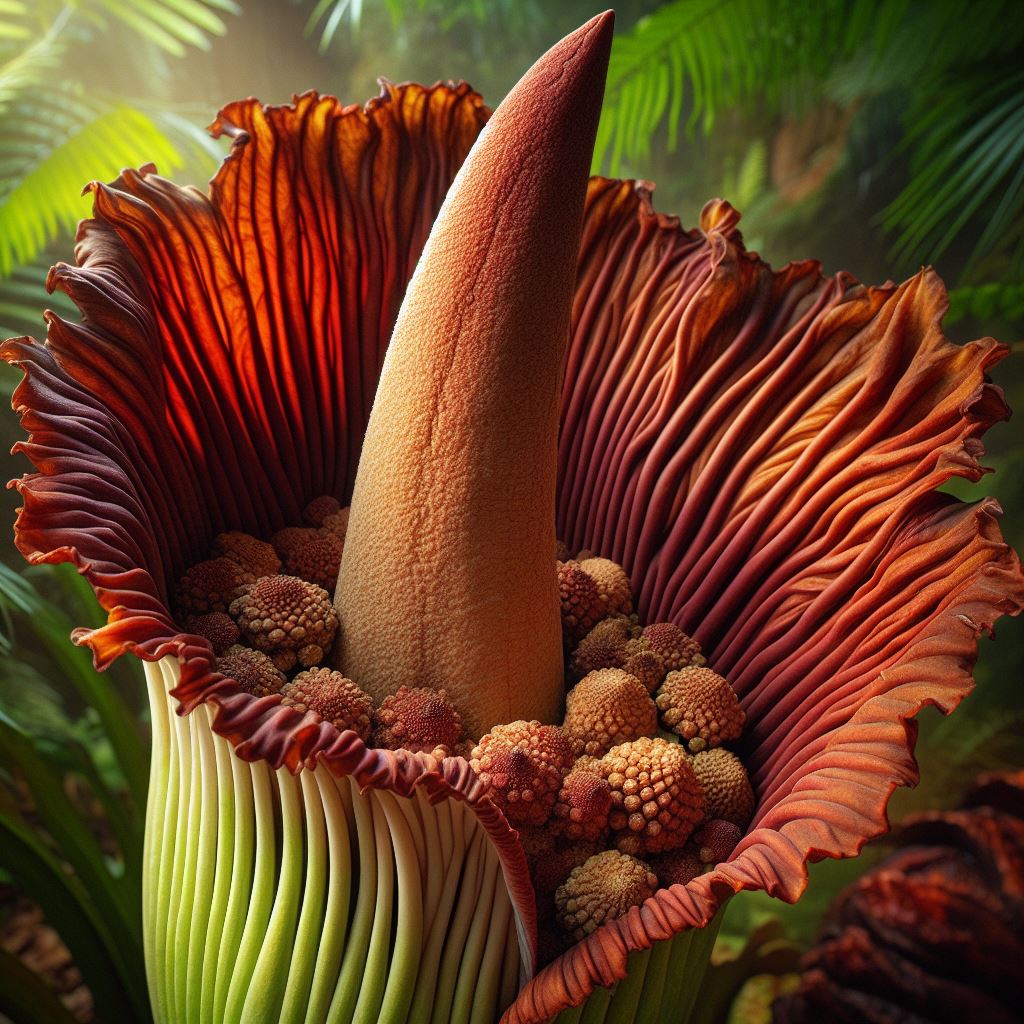
Once the spathe is fully open, the corpse flower’s true glory is revealed. The spadix, which was previously hidden inside, erupts in a vibrant display of color. Depending on the specific species, the spadix can be red, orange, or even purple. It generates heat, further enhancing the odor and mimicking the warmth often associated with decaying flesh. This heat emission further increases the effectiveness of the olfactory lure.
The flower’s bloom typically lasts for only 24 to 48 hours. During this brief window, the corpse flower exerts all its energy to attract pollinators. Once pollination is accomplished, the bloom begins to wilt and collapse, returning the plant to its dormant, underground state.
A Rare Spectacle: Witnessing the Corpse Flower’s Bloom
The corpse flower’s unpredictable flowering schedule and short bloom period make witnessing it a rare and coveted experience. Botanical gardens and greenhouses that cultivate these plants often hold special events when a bloom is about to occur. Visitors line up for hours, eager to catch a glimpse of this fascinating wonder of nature.
Beyond the Stench: The Conservation Importance of the Corpse Flower
Despite its unusual methods, the corpse flower plays a vital role in its ecosystem. By relying on carrion feeders for pollination, it ensures the survival of its species and contributes to the overall biodiversity of the rainforest. Additionally, studying the corpse flower can provide valuable insights into plant evolution and adaptation. Understanding its unique life cycle can help scientists develop better conservation strategies for other rare and threatened plant species.
More than just a smelly flower, the corpse flower is a testament to nature’s ingenuity. Its complex life cycle, fascinating strategies for survival, and fleeting beauty offer a glimpse into the remarkable world of plants.
So, there you have it! A crash course into the captivating world of the Corpse Flower. It’s a plant that defies expectations at every turn, from its record-breaking size to its unforgettable odor. But beneath the stink, there’s a story of resilience, adaptation, and a surprising role in the rainforest ecosystem.
The next time you’re at a botanical garden, keep an eye out for the Corpse Flower. You might just be lucky enough to witness this botanical wonder in all its glory (and stench). And who knows, maybe you’ll even come away with a new appreciation for the power of a good stink!
So, what do you say? Are you ready to be amazed by the Corpse Flower?
FAQs
- Why does the Corpse Flower smell so bad?
This Flower emits a foul odor that resembles rotting flesh. This stench is a deliberate strategy to attract carrion beetles and flesh flies. These insects are tricked into thinking they’ve found a food source, and in the process, they pollinate the flower by carrying pollen from the male flowers to the female flowers.
- How long does this Flower bloom?
The bloom is a rare and fleeting event, lasting only for 24 to 48 hours. This short window makes witnessing a bloom a truly special experience. Botanical gardens often hold events to celebrate a this Flower bloom, as visitors line up for hours to catch a glimpse of this fascinating wonder.

